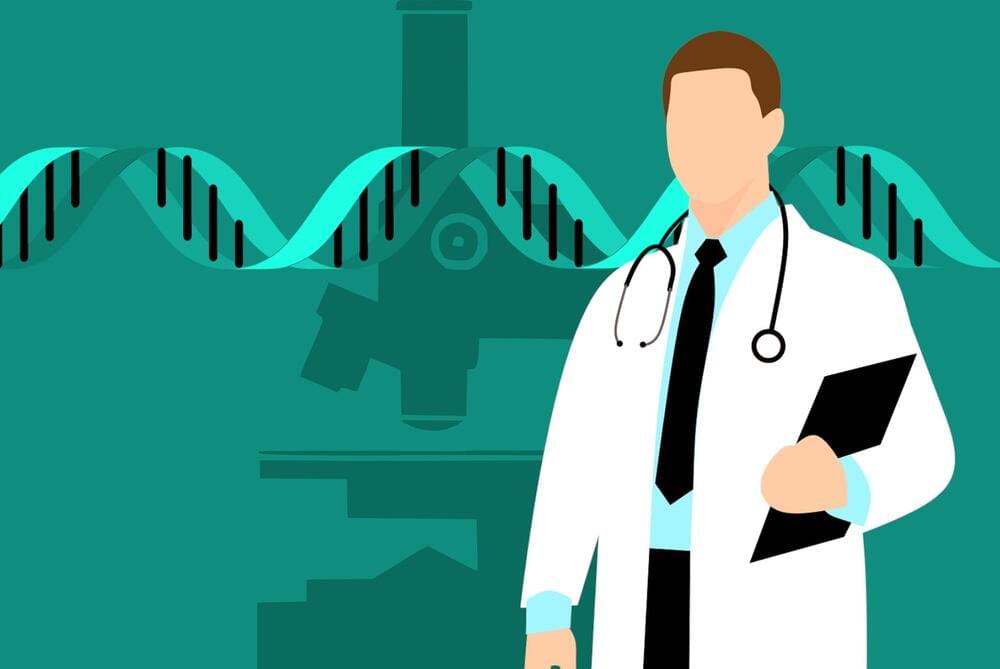Germany has chosen European Central Bank Director General of Information Systems Claudia Plattner as the new head of its cybersecurity agency, the first female appointed to the role.





The object belongs to the poorly known sub-kilometer category of asteroids in the main belt. An asteroid roughly the size of Rome’s Colosseum — between 300 to 650 feet (100 to 200 meters) in length — has been detected by an international team of European astronomers using NASA’s James Webb Space Telescope. They used data from the calibration of the MIRI instrument, in which the team serendipitously detected an interloping asteroid. The object is likely the smallest observed to date by Webb and may be an example of an object measuring under 1 kilometer in length within the main asteroid belt, located between Mars and Jupiter. More observations are needed to better characterize this object’s nature and properties. Credit: NASA, ESA, CSA, N. Bartmann (ESA/Webb), Martin Kornmesser (ESA), Serge Brunier (ESO), Nick Risinger Photopic Sky Survey)
Dr. Loren Mosher, in an interview for “Changing Our Minds” (http://www.changingourmindsmovie.com for complete DVD), a documentary on mental health, talks about the Soteria project, a long term study on alternative, non-neuroleptic drug treatments for schizophrenia. Purchase the complete DVD at http://www.changingourmindsmovie.com

“It’s a new day for search,” Microsoft CEO Satya Nadella said today. For 13 years now, Microsoft has tried to get you to use Bing, but you didn’t want to, so its global market share remains in the low single digits. Now, the company is pulling out all the stops in an effort to better compete with Google. Today, at a press event in Redmond, Washington, Microsoft announced its long-rumored integration of OpenAI’s GPT-4 model into Bing, providing a ChatGPT-like experience within the search engine.
The company is also launching a new version of its Edge browser today, with these new AI features built into the sidebar.
Three of the four Galilean moons around Jupiter might have oceans beneath their ice.
The Jupiter Icy Moons Explorer (Juice) mission is set to launch in April 2023.


NASA’s Curiosity Mars rover has stumbled across yet another fascinating discovery while exploring the planet’s barren surface.
This time, it appears to be an iron-nickel meteorite dubbed Cacao, which measures roughly a foot across and can be seen in an ultra-high resolution image, stitched together from 19 individual photos taken by the rover on January 28.
The mysterious object’s lovely silver metallic hue stands out like a sore thumb in the surrounding, rust-colored landscape, a sulfate-bearing region of the Red Planet’s Mount Sharp.

How do you feed 8 billion people, all of whom want access to higher-quality, more nutritious and lower-cost protein?
Do we raise more cows, pigs, and chicken? Will we be forced to clear-cut more rainforest to raise grains?
Over the next decade, we are reinventing how we feed a hungry planet, transforming what we eat and how we grow it.